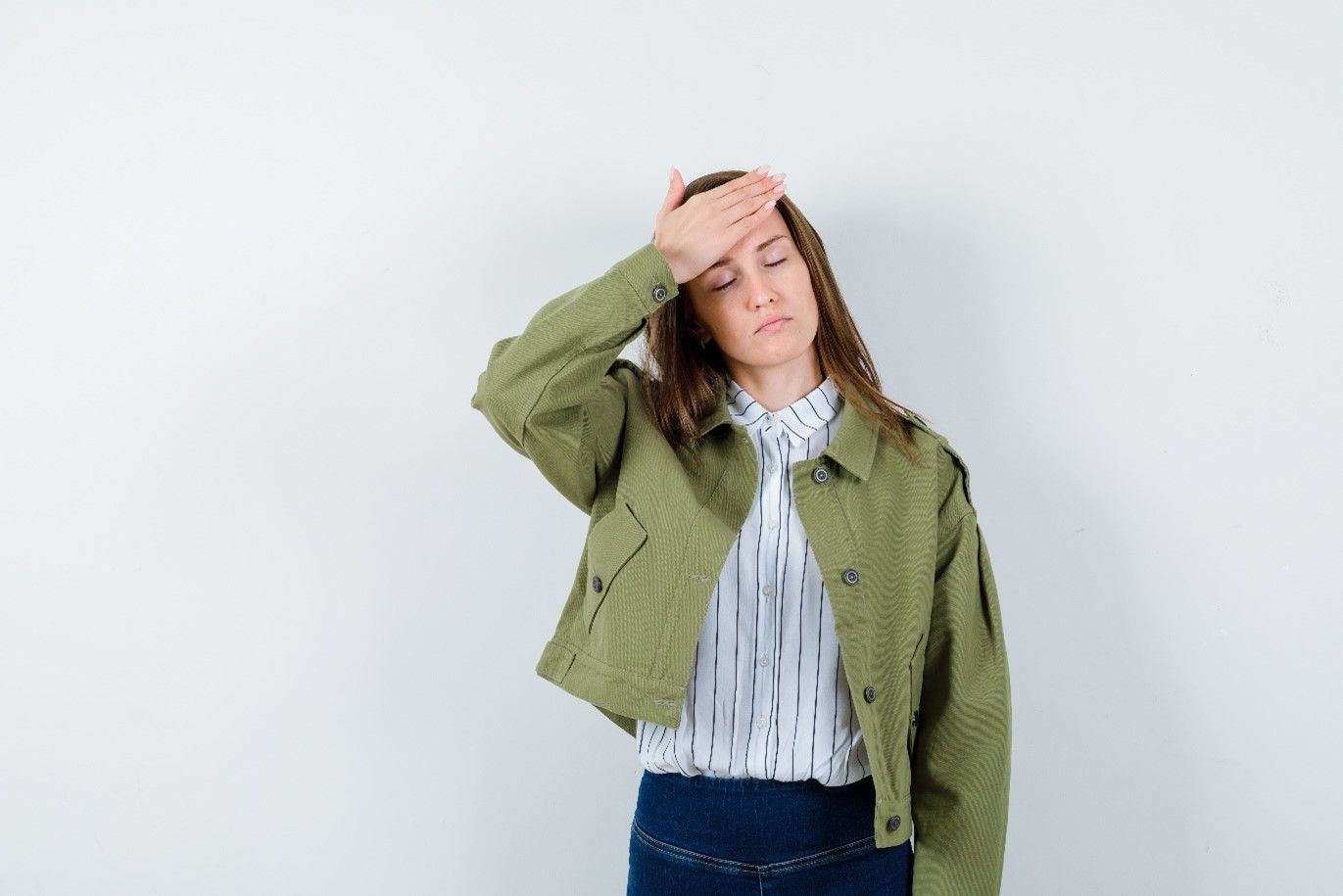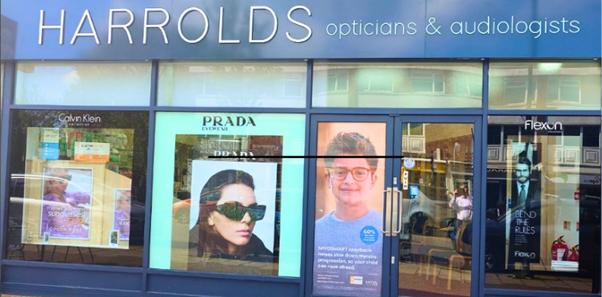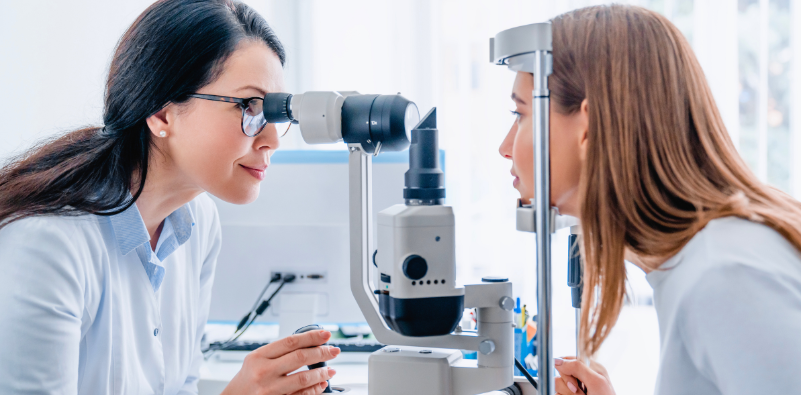What are the early signs of glaucoma?
What are the early signs of glaucoma?
Glaucoma is a common eye condition that affects many people over the world.
We’re going to explore how glaucoma impacts your eyes, its causes and how to spot symptoms as early as possible.
Regular check-ups are key to catching the condition before it progresses, enabling us to manage it effectively and protect your future vision.
What causes glaucoma?

Glaucoma happens when the pressure inside your eye (called intraocular pressure) increases to levels that can affect your optic nerve, which transfers images from your eye to your brain.
There are several types of glaucoma, but the two most common are open-angle glaucoma and closed-angle glaucoma.
Open-angle glaucoma develops gradually over time and often has no obvious symptoms at first, whereas closed-angle glaucoma can develop suddenly and require immediate medical attention.
Spotting the signs

Regular eye exams are important because, when it comes to open-angle glaucoma, many people don't realise anything is amiss for years sometimes until the condition has advanced.
When symptoms do appear, they might include:
- gradual loss of peripheral (side) vision – often in both eyes
- seeing halos around lights, especially at night
- difficulty adjusting to low light
- mild headaches or eye discomfort
For closed-angle glaucoma, the signs tend to be more sudden and may involve:
- intense eye pain
- redness in the eye
- nausea and vomiting
- blurred vision
- seeing rainbow-coloured rings around lights
- sudden drop in vision
Experiencing any of the symptoms of closed-angle glaucoma is considered a medical emergency, so seek immediate care if you do.
Glaucoma risk factors

While anyone can develop glaucoma, some factors might increase your chances:
- age – especially in those over 60
- family history
- high eye pressure
- medical conditions, such as diabetes, high blood pressure, or heart diseases
Early detection is key

The good news? Regular eye examinations are excellent at catching glaucoma early.
At Harrold Opticians we use advanced technology, including Optical Coherence Tomography (OCT), which gives us incredibly detailed 3D images of the back of your eyes. This state-of-the-art equipment allows us to see the tiniest changes in your optic nerve and retina – often before you notice any symptoms yourself. These detailed scans help us track changes over time, which is especially useful for monitoring conditions like glaucoma.
Keeping your eyes healthy

While we can't change factors like age or genetics, there's plenty you can do to support your eye health, including:
- wearing quality sunglasses that block UVA and UVB rays when you're out enjoying the sunshine
- a balanced diet rich in colourful fruits and veg
- regular exercise to maintain healthy blood pressure and reduce intraocular pressure
- regular screen breaks if you work at a computer (try this – every 20 minutes, look at something 20 feet away for 20 seconds)
- drinking enough water
- regular eye exams
Book your eye exam today
Remember, glaucoma is a condition that can sneak up on you, so regular check-ups are a must.
Don’t leave it too late. Book your next eye examination with us at Harrold Opticians. Our friendly team will make you feel comfortable, answer any questions, and use their expertise paired with advanced technology to give your eyes the comprehensive, tailored care they deserve.











